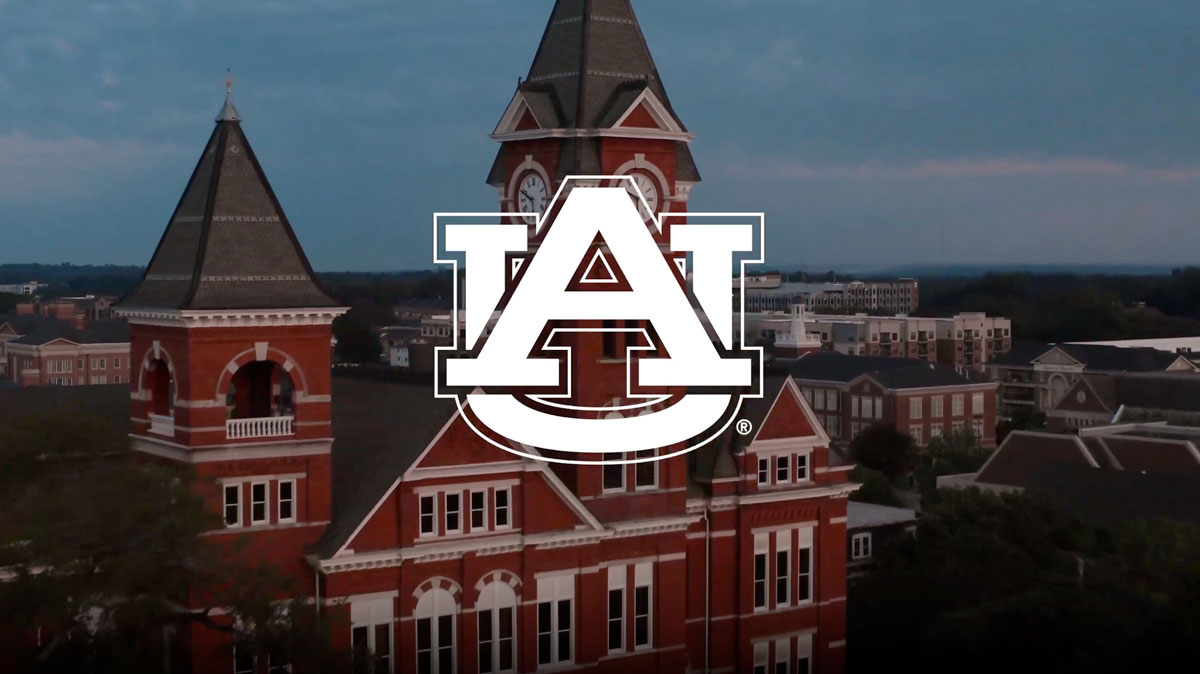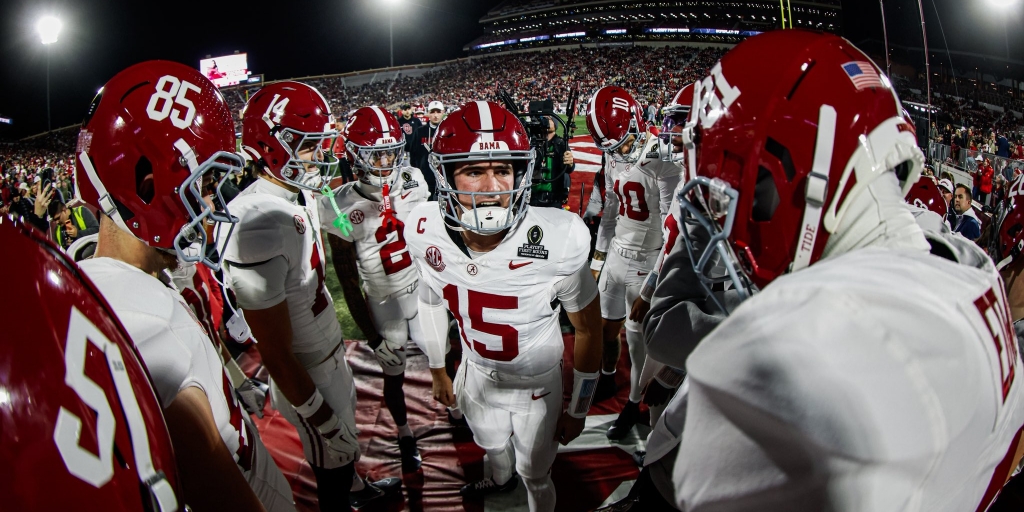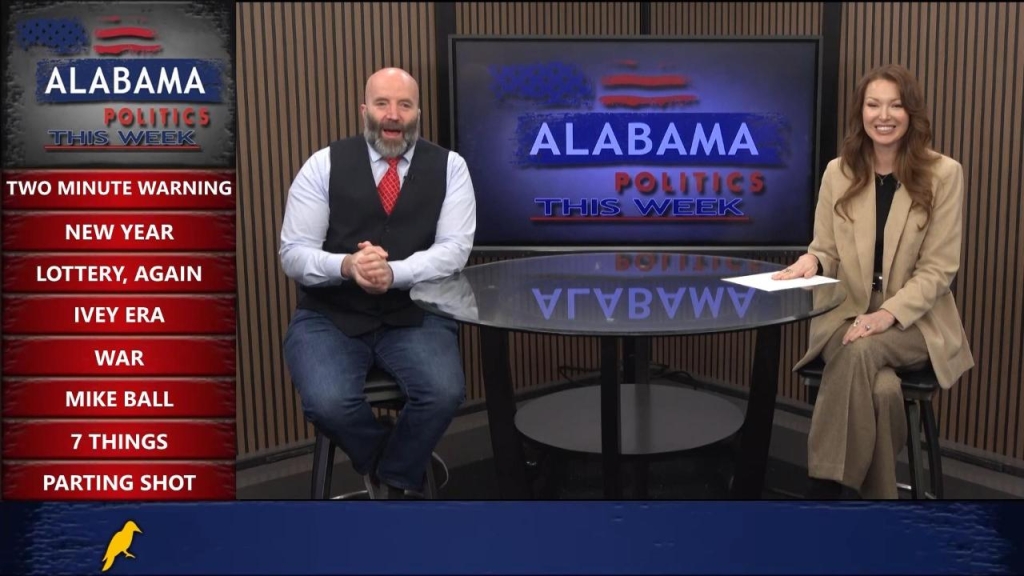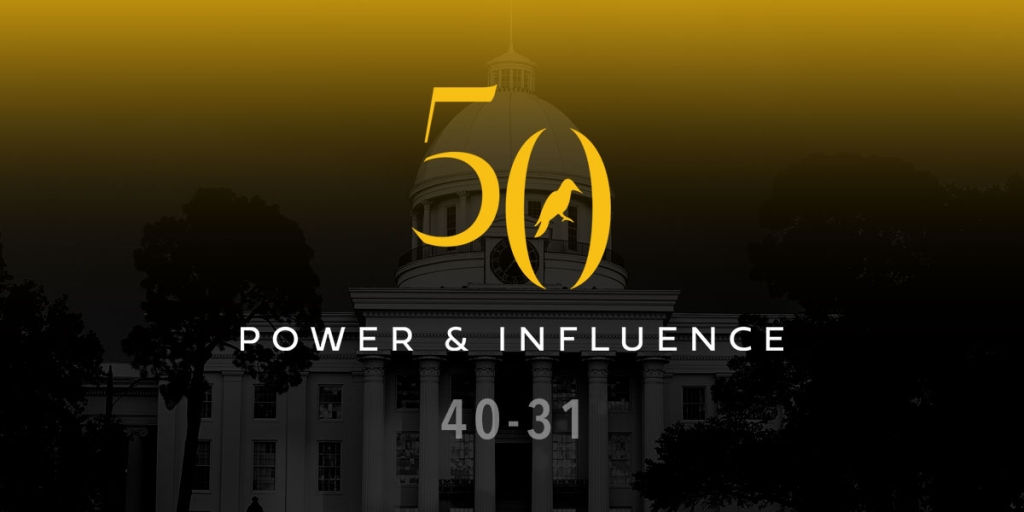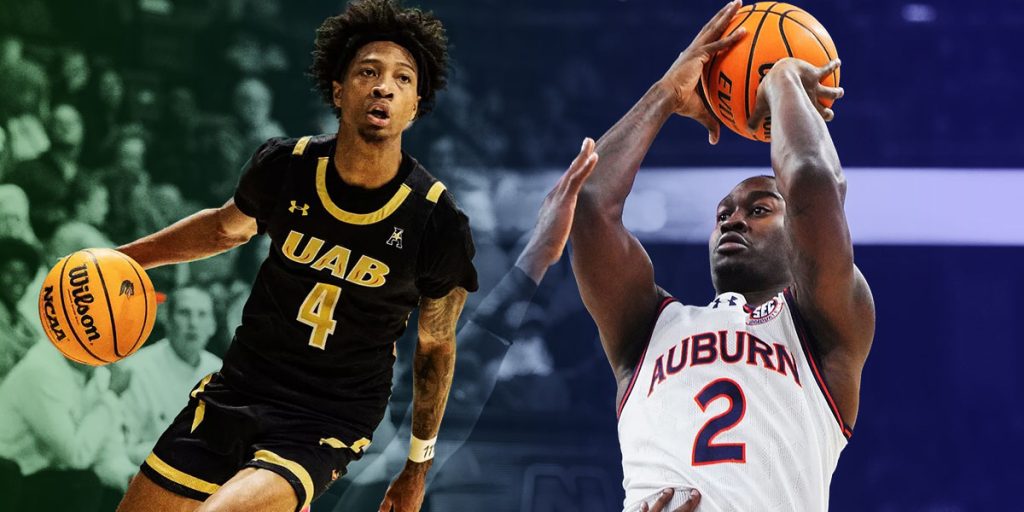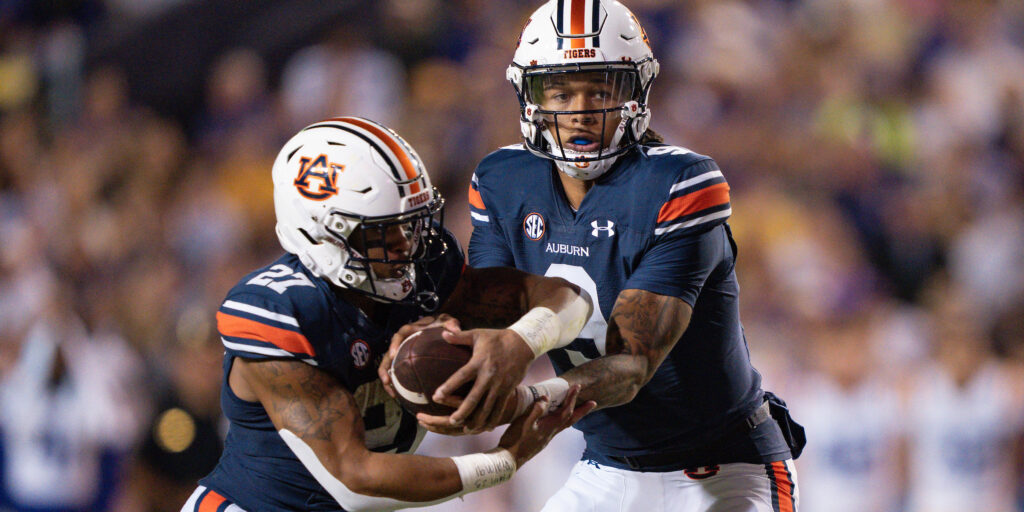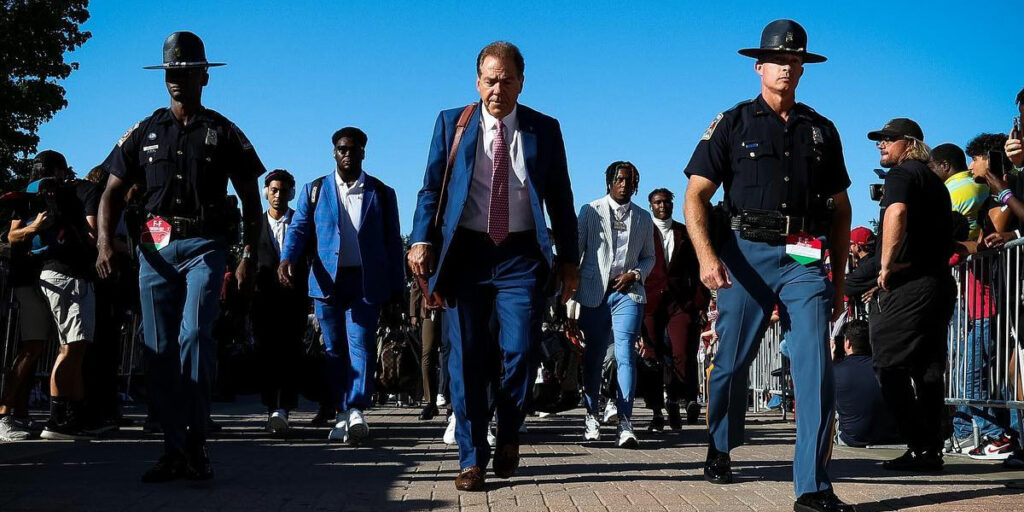With more than 2,500 words making it to print, the Wall Street Journal delivered a detailed account of Auburn’s investments in facilities and campus upgrades Tuesday. The article paradoxically offers a showcase of the high-quality student experience Auburn has been able to build as a product of its recent growth and success.
The mention of a $74 million recreation and wellness center, modernized housing with amenities like queen beds and flat-screen TVs, and decked-out athletic facilities reads with a stunning lack of awareness to modern higher education trends.
Rising tuition costs at Auburn, harped on repetitively in the article, remains an obvious reflection of the broader economic challenges facing all public universities – as well reported by the Journal in a way that private institutions seem not to be as well covered.
Historically, the cost of tuition in the U.S. has risen at a rate significantly higher than inflation.
In 1980, the average annual tuition at a four-year institution was approximately $3,500 (adjusted for inflation), compared to over $16,000 in 2020. That fivefold increase is an interplay of factors including reduced state funding, increased operational costs, and much more.
For Auburn, the WSJ chalked it up to Starbucks.
“The university continues to grow. This month, construction sites on the campus advertised two coming buildings on large banners, one for the College of Education and another for a STEM and agricultural sciences complex,” the newspaper reported.
“Not far away, the university used campus dining funds to relocate a Starbucks this year in the student center to a larger space in the building at an estimated $1.75 million, according to a board document.”
Through data limited to 2016 and prior, interviews with students and a former faculty member, the article suggests the increasing costs are making Auburn more of an elitist university. The Journal claims Auburn’s net price and student costs have grown faster than at almost any other major public U.S. university, suggesting a decrease in affordability.
The latest numbers tell a different story.
Current data shows Auburn has dramatically increased scholarship and need-based aid. Institutionally funded need-based aid has skyrocketed by 460% since 2013 – from $1.2 million ($1.5 million adjusted for inflation) to $8.4 million in 2023.
Scholarships and fellowship awards also increased by almost 25%.
Adjusted for inflation, Auburn’s 2013 tuition per credit hour for in-state students was $432.15. The 2022-2023 tuition rate was $433 per credit hour for in-state students, which represents an 85-cent increase. This was one among many details provided by Auburn to the WSJ that went unreported.
“The Wall Street Journal article shows the world that we’ve been building a better, more comprehensive university with the features that place us in high demand,” said Jennifer Adams, Executive Director of Public Affairs for Auburn. “The article seems to imply that there is something inherently wrong with improving the university and providing world-class classroom and research facilities for our students, faculty and staff.”
Top marks from publications like Forbes, Time, U.S. News & World Report, and Money magazine are more than just a source of pride for Auburn, Adams said.
For its 2021 list, Money looked at data from more than 700 four-year colleges for its rankings and specifically referenced Auburn’s student success, listing the university’s 78 percent graduation rate as a key indicator. They named Auburn the No. 1 best college in Alabama, finding that no other university in the state came close to Auburn in terms of affordability.
Affordability, Money defined as the net price of a degree, affordability for low-income students, debt, and students’ ability to repay that amount and student loan repayment measures.
Forbes also gave a top score in 2022 when it turned its focus on Auburn on an employer as well as an educator – ranking it as the No. 1 best employer for new graduates.
“Auburn has demonstrated remarkable outcomes and impact through such an approach. It’s no surprise that the demand for an Auburn education is at an all-time high,” Adams added.
Auburn’s investment translates to student outcomes directly. The university has a 93% one-year retention rate. And it’s continually proving to be a magnet for bright students not just from Alabama, but across the country.
This fall, Auburn enrolled the largest freshman class in university history with 5,935 students. Their average ACT score? 27.1. Average high school GPA? 4.15.
At its core, the claim Auburn has evolved its spending priorities in a way that’s inconsistent with modern American universities currently prospering from student-focused investments is bogus. Auburn, increasingly showing up in rankings alongside top-tier universities, seems to be a recruitment threat to some.
Here at home, Auburn offers more than just a good education to in-state students and their families. A recent study showed that Auburn and their graduates have introduced $6.3 billion to the state economy while generating 30,000 jobs beyond the university faculty and staff itself.
Grayson Everett is the state and political editor for Yellowhammer News. You can follow him on Twitter @Grayson270




